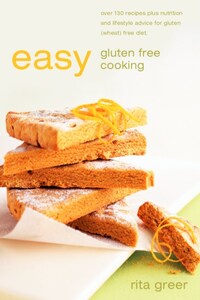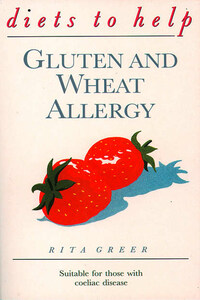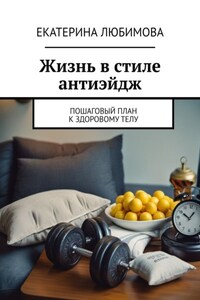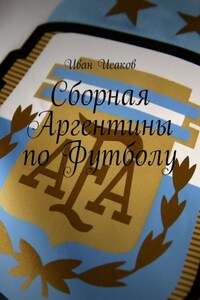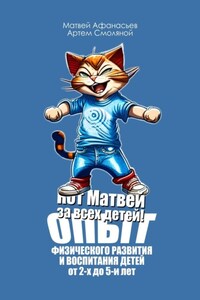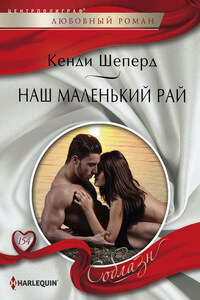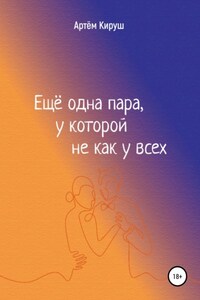Easy Wheat, Egg and Milk Free Cooking

130 recipes plus nutrition and lifestyle advice for eating healthily without wheat, egg or milk. Includes recipes and advice for children with restricted diets.Wheat, milk and eggs are the three most common allergy-causing agents. Millions of people around the world would be healthier without these ingredients in their diets.But wheat, milk and eggs have become such key elements of the western diet and lifestyle that it’s a problem to find straightforward, tasty recipes which do not contain these ingredients. That is why this book is a success – Easy Wheat, Egg And Milk Free Cooking is what it says it is – the answer to eating well and staying on top of food allergies and intolerances.As well as recipes for soups, snacks and starters, main courses, biscuits, breads, cakes and puddings, Easy Wheat, Egg And Milk Free Cooking contains the all the essential advice – including shopping tips and kitchen cupboard basics – that you will need to stick to this diet.All recipes are nutritionally balanced• Recipes are inventive and delicious• Author has researched the supermarkets and lists the basic common foods you can eat• Tips for holidays and eating out
